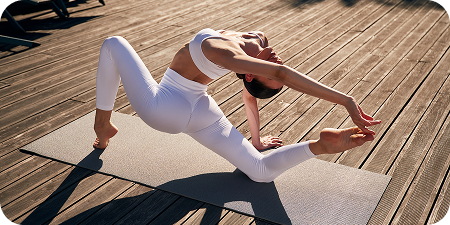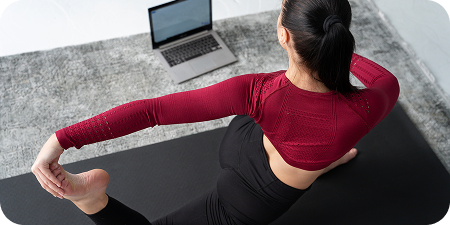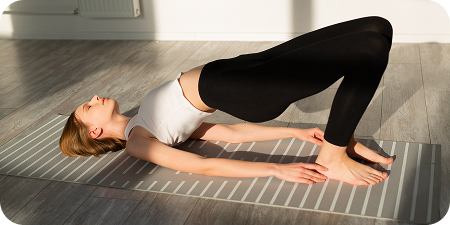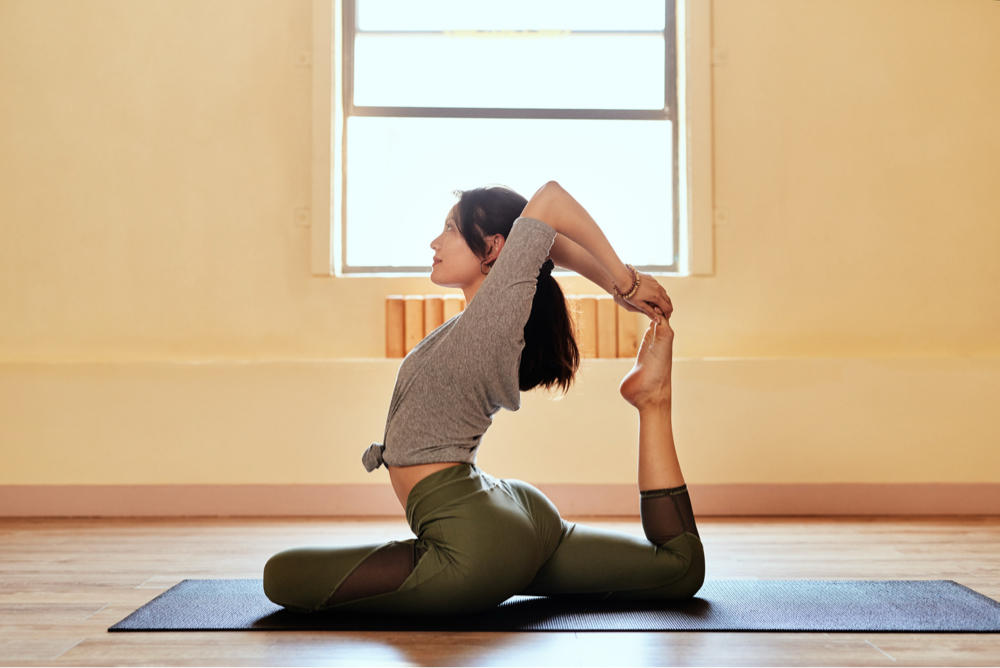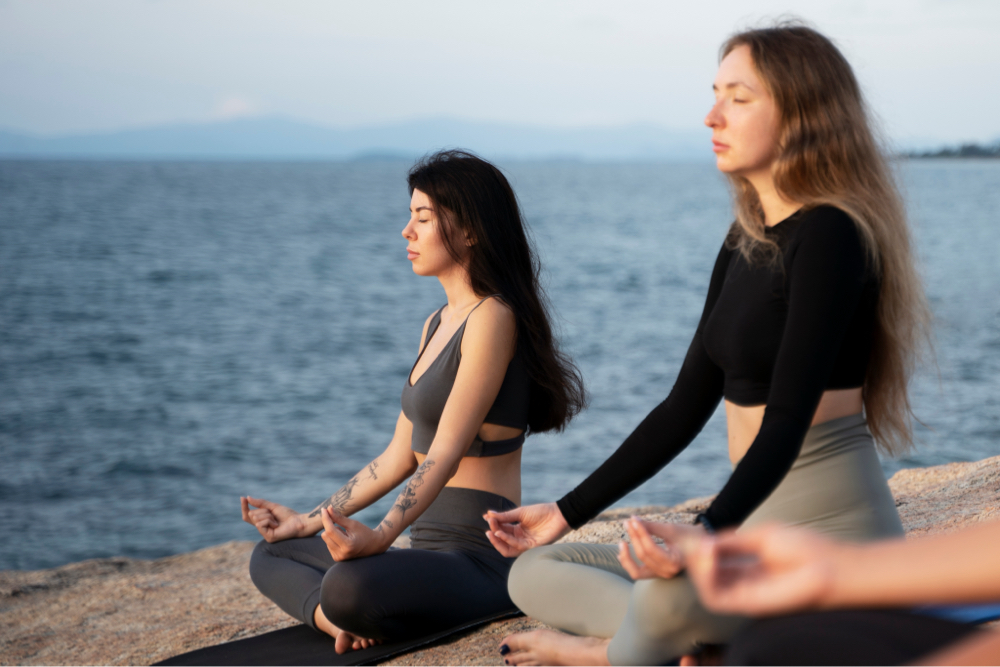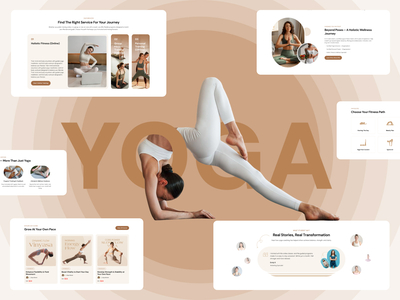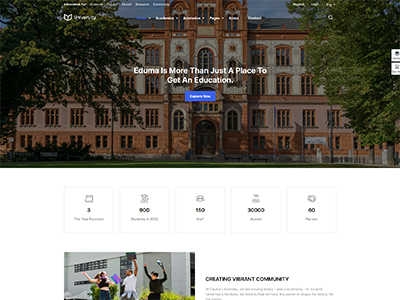Yoga contributes to wellness, but it can also help you target problems you’re already trying to solve. Here’s what you should know.
Back Pain Relief
A study compared yoga for back pain to physical therapy. Yoga worked just as well for participants. People who practiced twice weekly for three months reported significant pain reduction.
The key is consistency. Short, regular sessions beat occasional long practices for pain management. Always remember to stop if you feel sharp pain. A gentle stretch sensation is normal, but pain is your body’s warning sign.
Better Sleep
Harvard researchers studied people with chronic insomnia. After eight weeks of doing yoga daily, participants fell asleep faster and slept longer. They also felt more rested when they woke up.
Yoga prepares your body for sleep by activating your relaxation response. The physical release combined with mental calming creates ideal conditions for rest. If this is one of your goals, consider making yoga part of your bedtime routine.
Anxiety and Depression
A review of studies found that yoga reduces anxiety symptoms in healthy people and those with diagnosed disorders. The practice works as well as some medications for mild to moderate depression.
Yoga gives you tools to manage difficult emotions. The breathing techniques activate your calm response. The mindful movement helps you stay present instead of getting caught in negative thought patterns.
Getting the Most from Your Practice
The science behind yoga makes the most impact when you have a strong practice. Here’s how to improve each moment on the mat.
Start Small, Stay Consistent
Three short sessions per week create more benefits than one long weekly class. Your nervous system responds to regular, gentle stimulation. Even 10 minutes daily can create measurable changes.
Breaks in your practice will happen. The difference between those who build consistency in their yoga practice and those who don’t depends on how they respond to these gaps. One missed session isn’t a problem, but don’t abandon yoga altogether.
Include All the Elements
Don’t just do the poses. Add breathing exercises and a few minutes of stillness. This integrated approach produces greater stress reduction than poses alone. The physical practice prepares your body for breathwork. The breathing calms your mind for meditation. Everything works together.
Focus on How You Feel
Pay attention to your body’s responses. Notice when you feel tense and when you feel relaxed. This awareness is part of what creates yoga’s benefits. The mind-body connection strengthens each time you practice mindfully. You’re training your nervous system to recognize and respond to stress more effectively.

